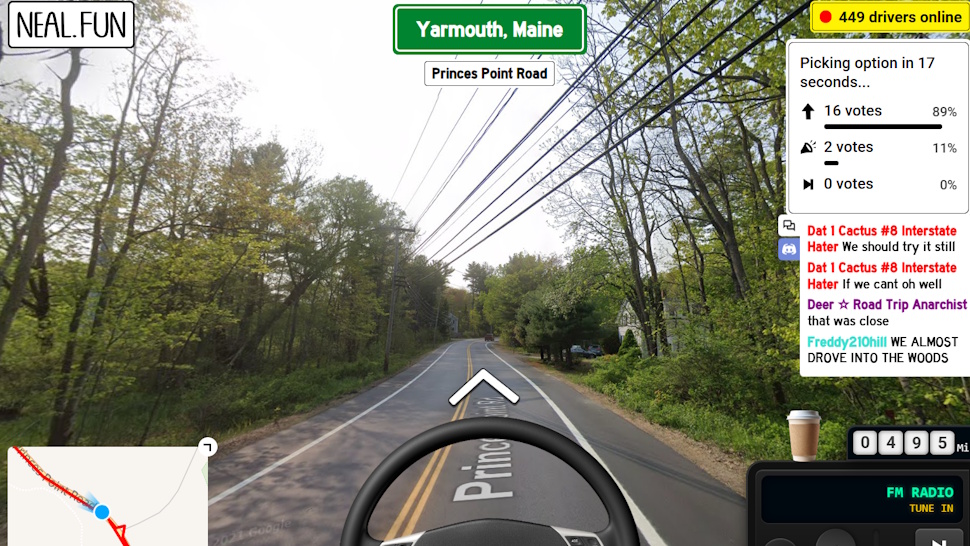
Creating an entire universe of stars and planets is no mean feat, but Hello Games did just that in the 2016 game No Man’s Sky. However, as monumental a challenge as that was, getting the same universe into the comparatively itty bitty memory and hardware budget of the Nintendo Switch is nothing short of galactic.
Condensing the Universe
The Switch continued Nintendo’s trend of finding success within its own market, and has enjoyed those riches with the most third-party games of all its consoles. Many of those ports presented an uphill battle given the Switch’s limited processing power, but with No Man’s Sky the obstacles are a little larger. Despite those reservations, we have been given the full-Monty in either mobile or docked mode – intergalactic travel, endless planet discovery, and harvesting are all on the menu, as well as space stations, battles, and multiple modes all thanks to the recent Waypoint v4.0 update patch – bringing the Switch version in line with all other formats, including PC.
That is, aside from two key areas, which are both performance related. Multiplayer is possibly the biggest omission, but the game is largely played solo anyway so it’s not the worst thing to miss. The other is large settlements, which again is due to the same technical/performance constraints. As such, from a content perspective the team at Hello Games has miraculously condensed everything into this tiny form factor but avoided watering it down. As you would now expect though, that has come with some specific changes and reductions.
World density is cut back compared to the PS4 version, which I am using as the baseline.Reduced detail on grass, flora and fauna, object polycount, texture variety, and resolution. Alpha effects such as grass, trees, and the resolution and quantity of them, along with particle effects all have a lower level than the PS4. This is not unexpected and is dependent on the planet you happen to be on, but the procedural engine likely has a draw and polycount range to work within, which is reduced on the Switch.LoD is one of the most noticeable. The game has object pop-in even on high-end PCs with the procedural creation engine powering it, which is identical here to all other versions, causing some of that. But on Switch the near-to-middle distance can often be devoid of any clutter or detail, with many planets relying on just the surface albedo layer for its identity. Pop-in is worse though with billboard sprites used very close to the camera and a much shorter range of alpha tested grass.Lighting effects are reduced over PS4 as are many post effects, with the excellent per-object motion blur completely removed, a cheaper sprite-based bokeh depth of field used, and material layers and decals are cut back.Other reductions come when CPU and RAM reach a breaking point. At a very high level, the Switch has 50% less RAM and CPU cores than the PS4. CPU animation reductions cause half-rate updates unless characters are within feet of you. Sound quality is good but there does appear to be fewer samples and less processing used, and the variety of object sounds are reduced to a smaller subset.Volumetrics and alpha are all at half-resolution output than the screen’s native buffer or lower.
It must be stressed that despite all of these areas, and likely even more, the game loses none of its wonder and charm. Volumetric clouds still cover the planet’s atmosphere, weather storms flood in and fill the screen, a full dynamic time of day and night cycle remains, and animals roam and are all still procedurally generated and animated, giving you the same randomised nature of each world no matter how many you find.
Ultimately the biggest visual marker that you are playing on Switch is when doing so on a large screen. The game’s resolution when docked is approximately 1120×630, with no AA, but a sharpening pass appears to be applied that cleans this up when stationary. DRS could be in use, but it appears to be a fixed resolution. The results are good but muddy and quite noisy depending on the scene’s construction. Leaving AA out of the post suite is often a choice with many Switch games, as leaving it out can gain back those vital ms for higher res or effects or both, at the expense of shimmer but resulting in a sharper IQ. It looks better on a smaller 1080p screen, and depending on the amount of sub-pixel elements such as grass on screen, the results can be great to noisy.
The Whole World in Your Hands
Surprisingly, handheld mode cuts back less than expected. Resolution cuts are the biggest, which can affect many aspects within the render. Shadow map quality is similar, but imposters can be used even closer instead of real geometry, and even then LoD levels are reduced across all depth tests, meaning object poly counts are lower and closer than when docked, as are texture maps and details. Much of the image reduction and perceived lower LoD is due to the resolution, which has been lowered a further 36% to an approximate 896×504 output.
In other words, the docked mode runs at 56% higher resolution than handheld mode. When you’re moving, though, the reductions are far less obvious, to the point that handheld mode is my preferred way to play this incredible adventure. It feels sufficiently epic and unique to still be enthralling to someone like myself who has played the game since its launch.
The Steam Deck version has much to thank for this, as it was after that update that the possibility of a Switch port was raised. The team expected to make cuts to the engine code, particularly related to procedural generation, but in the end they made it work with no changes.
Performance Testing
Performance is another area that could have been a problem, and in most sections played and tested, it holds a good delivery of that 30fps target. Some skips – again likely memory related from its double buffered engine – can cause 16, 33 and 50ms points, but often the frame time is at the perfect 33ms, though dips can and do occur. The mining tool is particularly impactful on performance across all versions, and here the Switch version gets just above the teens. With an endless supply of planets, it cannot be ruled out that some of those could also dip to these levels or lower, as can happen on the PS4 – albeit with significantly more power and visual load. That version can uncap its framerate in the menu to almost hit 60fps, likely CPU limited. Considering this game is demanding on the PS4 Jaguar CPU’s 7 cores, it’s a marathon on the 4 Arm cores of the Nintendo handheld. Often though the PS4 is comfortably at 30fps, which is where it can be capped, as the Switch version is, and performance can feel more consistent than the uncapped PS4 version. I still salute the choice offered, but the Switch is better for the cap.
Loading is one area that improves over the PS4, being approximately 22% faster at 1 minute 10 seconds versus 1 minute 29 seconds. Once you have loaded back into your save, the same seamless exploration and planet-to-planet, solar system-to-solar system experience is yours to enjoy.
Summary
The scale of this game and engine remains incredible, but it scales just as well across hardware. The scale of the planets is identical to on bigger machines, though the planets do lose some of the hustle and bustle that comes from the significant reductions in near proximity density. The visible bubble of pop-in around you is easier to notice, the details are smudged, the creatures and formations are constructed of lower triangle counts. But quickly all this is forgotten as the Switch delivers the essence at the heart of the team’s aims. The wonder of travel, of space, of adventure, and exploration. The intelligent sacrifices made by the team deliver an impressive version that scales well on 8-year-old mobile technology, yet still seems space age to me.








